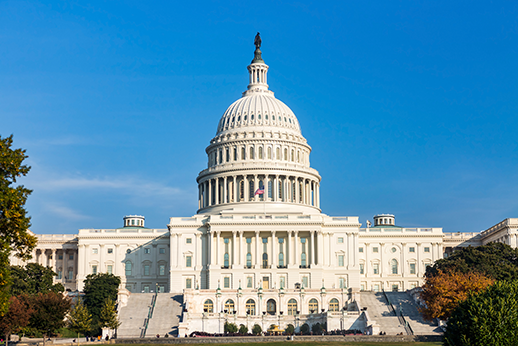
5 Million Families Caught in an ACA Glitch
The states’ health insurance marketplaces will sell subsidized family policies to workers who have employer coverage on one condition: their employer premiums are deemed unaffordable.
But this condition has a quirk. Under the Affordable Care Act (ACA), a worker is eligible to buy a subsidized family plan only if he can’t afford his employer’s premiums for an individual policy, defined in the law as exceeding 9.83 percent of his income. Policymakers argue this is the wrong standard, because the ineligible worker needs a family policy, and employers’ family policies usually have much higher premiums than their individual policies.
The Kaiser Family Foundation estimates some 5.1 million workers are in this predicament, which is known as the “family glitch.”
The majority of workers who are not eligible for the ACA’s family coverage are buying the policies at work, and they spend an average of 16 percent of their income on premiums, Kaiser said. The people who can’t afford the employer insurance are forced to go without.
Tina Marie Mueller’s family is caught in the family glitch. She recently wrote in Health Affairs that her husband pays $1,500 per month for employer health insurance for the family, including their two children. “So, after paying for our family insurance, my husband brings home $400/wk,” Mueller said. “We are beyond frustrated that this part of the ACA hasn’t been fixed.”
The COVID relief package passed in March did temporarily expand access to the exchanges for more middle-class Americans by dramatically increasing the premium subsidies. But “people in the family glitch will still not be helped,” said Krutika Amin, a health care expert at the Kaiser Foundation.
After Congress passes a major social program, policy experts go back and see how well it’s working. Congress sometimes responds by patching the holes in the original law, though this can take years. One example was the Part D prescription drug coverage, a 2006 improvement to Medicare that reduced retirees’ out-of-pocket costs for medications.
Since the ACA’s 2010 passage, access to the insurance has eroded in the wake of funding cuts and shorter sign-up periods. Although the uninsured population is still smaller than it was prior to the ACA, the numbers crept back up from 26.7 million in 2016 to 28.9 million in 2019.
“We’ve come a long way,” said Sara Collins, vice president of health care access at the Commonwealth Fund. “But obviously, more work needs to be done.”
The Biden administration is considering ways to permanently shore up the law, and they may have the family glitch in mind. In January, the president signed an executive order directing the U.S. Department of Health and Human Services to, among other things, scrutinize “unnecessary barriers to individuals and families attempting to access” subsidized ACA insurance. Policy experts interpreted these barriers to include the family glitch.
The COVID relief bill has made temporary changes to dramatically reduce insurance premiums on the exchanges for everyone who’s eligible in 2020 and 2021. And Congress for the first time extended premium subsidies temporarily to workers earning more than 400 percent of the federal poverty level. Their premiums are capped at 8.5 percent of their income.
But, Kaiser’s Krutika said, “even more people would be eligible for subsidies if they were to fix the family glitch.”
Squared Away writer Kim Blanton invites you to follow us on Twitter @SquaredAwayBC. To stay current on our blog, please join our free email list. You’ll receive just one email each week – with links to the two new posts for that week – when you sign up here. This blog is supported by the Center for Retirement Research at Boston College.
Comments are closed.







It’s important to note that while some employers will subsidize the individual premium, they won’t subsidize family coverage.
This is indeed a glitch.
Health insurance is becoming unaffordable for both employees AND employers. We need a radical overhaul, including a public option. While I remain pessimistic that Congress can rise above partisan bickering and feeding at the trough of health care lobbying money to do anything, the fact that big business is coming to realize that health care costs will ruin the U.S. economy gives me hope that something may happen.
Well, this was a surprise! Thank you for quoting me and sharing our story that so many other Americans are experiencing. I hope your article and others like it create awareness and some traction to the very necessary legislative change. And just FYI, my husband’s insurance is covered 100% by his employer. The $1500/mo. is for our 2 kids and myself. Thanks again and please stay on top of this topic for the 5.1 million Americans that need this help.